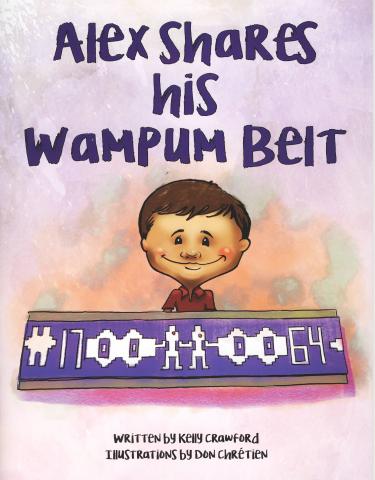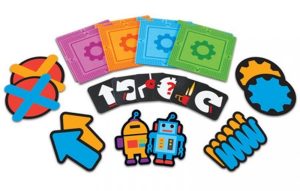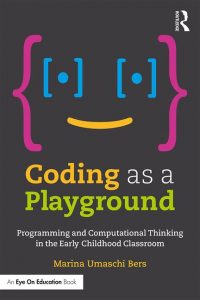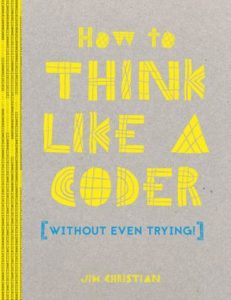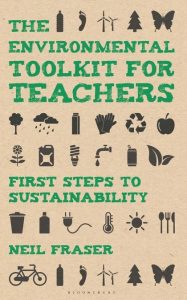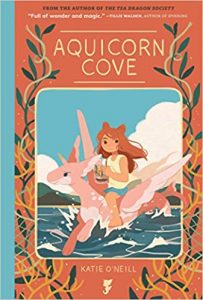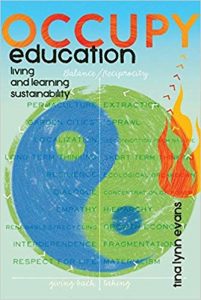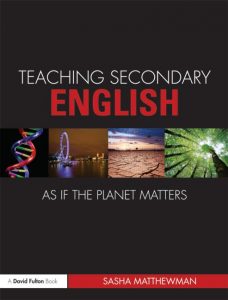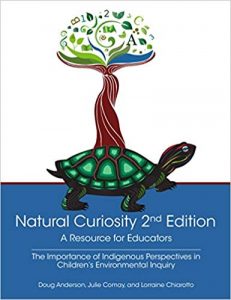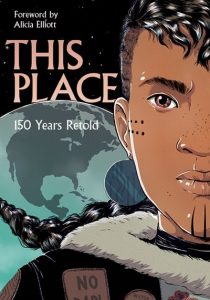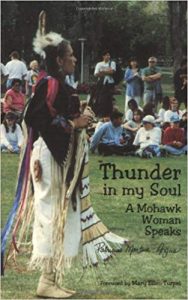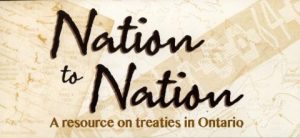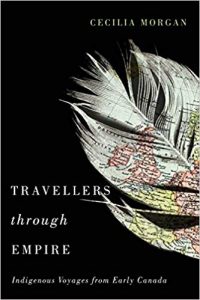As the fall season gets underway here are some new book titles at OISE Library to add to your reading list for the classroom, your own personal education or for fun!
Homeschooling: the History & Philosophy of a Controversial Practice by James G. Dwyer and Shawn F. Peters
The practice of homeschooling is often viewed through a controversial lens. Those who 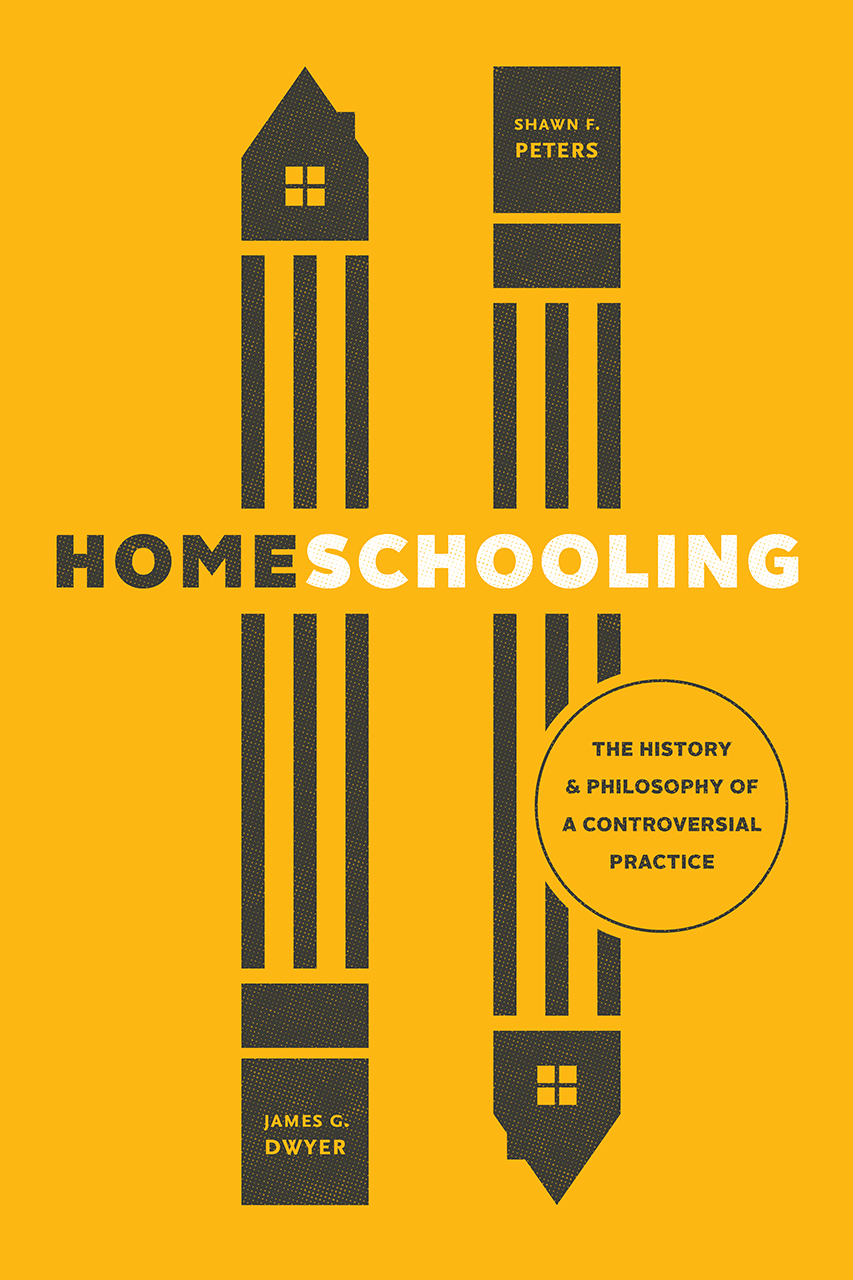 support it highlight its ability to allow children to flourish individually without restrictions or bullying. However, many other individuals view it as a way to isolate children, neglecting their education and controlling their worldview. Dwyer and Peters examine the fundamentals of the practice of homeschooling and the long debate over the regulation and control the state should have on the education of children. The authors aim to get the facts straight, and take the time to look at both the arguments for and against homeschooling within the context of the American school system. Looking at the issue through a legal cultural lens, the authors evaluate the policies and reach a conclusion on the strategy of action around homeschooling. As the interest in homeschooling sees a resurgence, the authors aim to inform and inspire thought around the practice.
support it highlight its ability to allow children to flourish individually without restrictions or bullying. However, many other individuals view it as a way to isolate children, neglecting their education and controlling their worldview. Dwyer and Peters examine the fundamentals of the practice of homeschooling and the long debate over the regulation and control the state should have on the education of children. The authors aim to get the facts straight, and take the time to look at both the arguments for and against homeschooling within the context of the American school system. Looking at the issue through a legal cultural lens, the authors evaluate the policies and reach a conclusion on the strategy of action around homeschooling. As the interest in homeschooling sees a resurgence, the authors aim to inform and inspire thought around the practice.
The Pencil by Susan Avingaq and Maren Vstula, illustrated by Charlene Chua
 Growing up on the land in the territory that is now known as Nunavut, author Susan Avingaq’s writing is inspired by her cultural teachings and the land she calls home. This endearing story follows young Susan as she watches her Anaana (mother) write letters to people with her one and only cherished pencil. One day when Susan and her siblings run out of things to do, Susan and her siblings get to play with the pencil. As she and her siblings draw pictures for their Anaana the pencil becomes smaller and smaller, and Susan starts to worry how her Anaana will feel when she comes home. Inspired by the author’s upbringing, The Pencil demonstrates to young readers the importance of being mindful of how you use your resources.
Growing up on the land in the territory that is now known as Nunavut, author Susan Avingaq’s writing is inspired by her cultural teachings and the land she calls home. This endearing story follows young Susan as she watches her Anaana (mother) write letters to people with her one and only cherished pencil. One day when Susan and her siblings run out of things to do, Susan and her siblings get to play with the pencil. As she and her siblings draw pictures for their Anaana the pencil becomes smaller and smaller, and Susan starts to worry how her Anaana will feel when she comes home. Inspired by the author’s upbringing, The Pencil demonstrates to young readers the importance of being mindful of how you use your resources.
The Witch Boy by Molly Knox Ostertag
This magical graphic novel follows a young boy, Aster, who is raised in a magical family where the girls grow up to be witches and the boys shapeshifters. The female witches are meant to manipulate and control magic, while the male shapeshifters job is to protect their community. Anyone who defies this rule is punished with exile. Aster, however, is fascinated with witchery and magic, and try as he might he as been unable to shift. As the danger of terrible monsters begins to threaten his community and friends, Aster is forced to accept his differences and hone his magic to protect them. This adventure follows Aster as he gains the courage to become himself and break away from the gendered stereotypes of his family. This book encourages readers to celebrate differences and demonstrates that you don’t need to conform to gender norms. This novel is recommended for ages 8 to 12.
Captive Audience: How Corporations Invaded Our Schools by Catherine Gidney

Captive Audience explores the long history of branding and monetizing the classroom within the Canadian Public School system. Gidney discusses the encroaching effects of capitalism within the system, and the pressures to fill funding gaps. Since the 1990s the rise of corporations and advertising has become an ever-present fixture within the public school system. Advertisement agencies have taken advantage of the funding cuts to our schools, and stepped in to finance programs and support students – at a cost. These charitable donations to schools are not meant to enhance the learning of the student, but rather to start building customer loyalty from a young age. Gidney discusses examples of this advertising within Canadian classrooms as well as looking at the effects of advertising on children’s learning. Large companies such as Home Depot and Apple have integrated themselves into the system in different ways, from sponsoring the building of playgrounds (with complimentary Home Depot merchandise), to equipping children’s classrooms with their products, and so aiming to create lifelong Apple customers.
Leila in Saffron by Rukhsanna Guidroz; illustrated by Dinara Mirtalipova
 Leila and her Naani (grandmother) are very close. While Leila is lacking in self confidence, through her family dinner visits on Friday night Leila comes across many things that she likes about herself and begins to build her self-confidence. Leila showcases her cooking skills, and notices which family members she takes after. Being at her Naani’s for Friday night dinner makes Leila feel snug and happy. Beautiful illustrations make this novel come alive as Leia’s Naani helps her find confidence in herself, and encourages her to see herself in the positive way that the rest of her family sees her. Illustrator Mirtalipova’s rich coloured mixed media drawings help to bring this story alive as Leila discovers the different parts of her that make her who she is.
Leila and her Naani (grandmother) are very close. While Leila is lacking in self confidence, through her family dinner visits on Friday night Leila comes across many things that she likes about herself and begins to build her self-confidence. Leila showcases her cooking skills, and notices which family members she takes after. Being at her Naani’s for Friday night dinner makes Leila feel snug and happy. Beautiful illustrations make this novel come alive as Leia’s Naani helps her find confidence in herself, and encourages her to see herself in the positive way that the rest of her family sees her. Illustrator Mirtalipova’s rich coloured mixed media drawings help to bring this story alive as Leila discovers the different parts of her that make her who she is.


